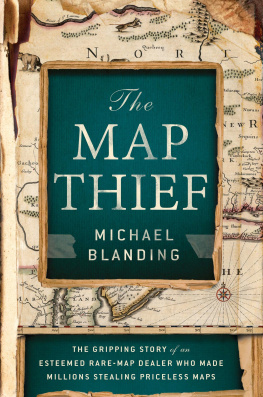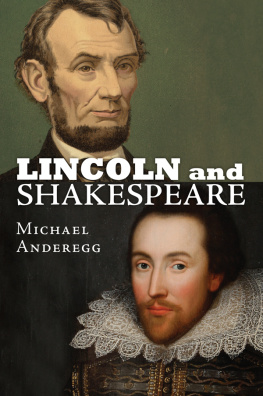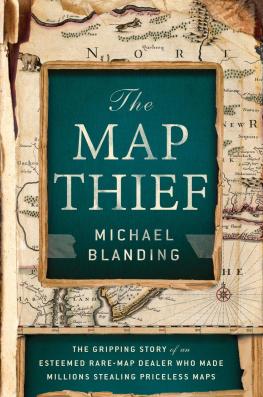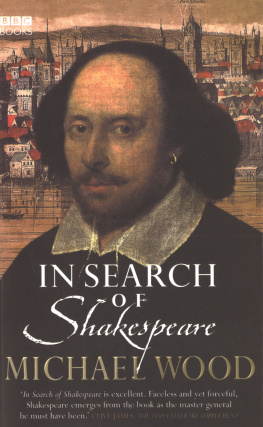Michael Blanding - North by Shakespeare
Here you can read online Michael Blanding - North by Shakespeare full text of the book (entire story) in english for free. Download pdf and epub, get meaning, cover and reviews about this ebook. year: 2021, publisher: Hachette Books, genre: Detective and thriller. Description of the work, (preface) as well as reviews are available. Best literature library LitArk.com created for fans of good reading and offers a wide selection of genres:
Romance novel
Science fiction
Adventure
Detective
Science
History
Home and family
Prose
Art
Politics
Computer
Non-fiction
Religion
Business
Children
Humor
Choose a favorite category and find really read worthwhile books. Enjoy immersion in the world of imagination, feel the emotions of the characters or learn something new for yourself, make an fascinating discovery.
- Book:North by Shakespeare
- Author:
- Publisher:Hachette Books
- Genre:
- Year:2021
- Rating:3 / 5
- Favourites:Add to favourites
- Your mark:
- 60
- 1
- 2
- 3
- 4
- 5
North by Shakespeare: summary, description and annotation
We offer to read an annotation, description, summary or preface (depends on what the author of the book "North by Shakespeare" wrote himself). If you haven't found the necessary information about the book — write in the comments, we will try to find it.
North by Shakespeare — read online for free the complete book (whole text) full work
Below is the text of the book, divided by pages. System saving the place of the last page read, allows you to conveniently read the book "North by Shakespeare" online for free, without having to search again every time where you left off. Put a bookmark, and you can go to the page where you finished reading at any time.
Font size:
Interval:
Bookmark:
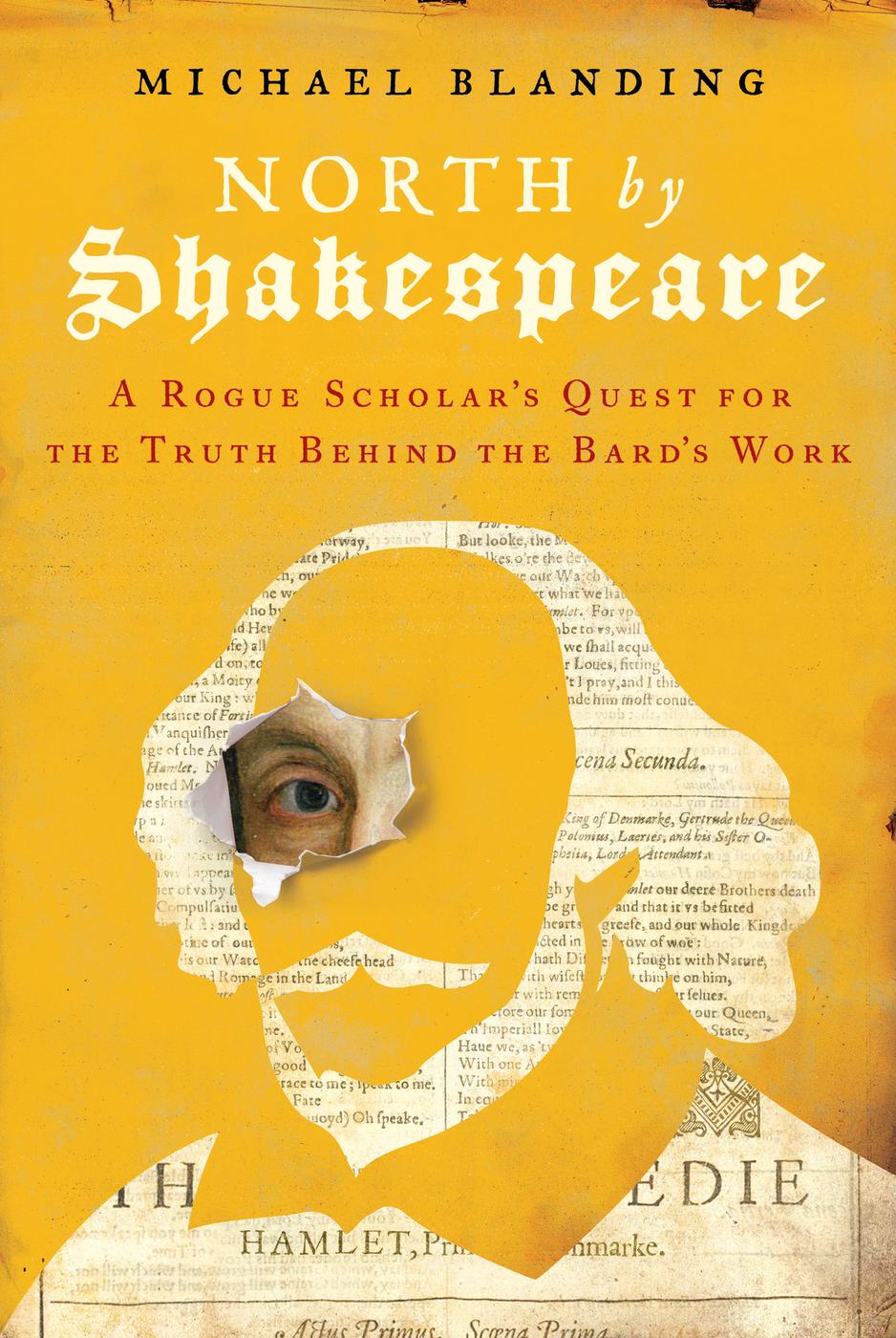
Copyright 2021 by Michael Blanding
Maps copyright 2020 by Bier en Brood
Cover design by Richard Ljoenes
Cover images: Private Collection PhotoRafael Valls Gallery, London, UK/
Bridgeman Images; Torn paper Igor Kovalchuk/Shutterstock;
Shakespeare silhouette Vexels; Hamlet writing Folger Shakespeare
Library Digital Image Collection
Cover copyright 2021 by Hachette Book Group, Inc.
Hachette Book Group supports the right to free expression and the value of copyright. The purpose of copyright is to encourage writers and artists to produce the creative works that enrich our culture.
The scanning, uploading, and distribution of this book without permission is a theft of the authors intellectual property. If you would like permission to use material from the book (other than for review purposes), please contact permissions@hbgusa.com. Thank you for your support of the authors rights.
Hachette Books
Hachette Book Group
1290 Avenue of the Americas
New York, NY 10104
HachetteBooks.com
Twitter.com/HachetteBooks
Instagram.com/HachetteBooks
First Edition: March 2021
Published by Hachette Books, an imprint of Perseus Books, LLC, a subsidiary of Hachette Book Group, Inc. The Hachette Books name and logo is a trademark of the Hachette Book Group.
The Hachette Speakers Bureau provides a wide range of authors for speaking events.
To find out more, go to www.hachettespeakersbureau.com or call (866) 376-6591.
The publisher is not responsible for websites (or their content) that are not owned by the publisher.
Image Credits: Maps by Bier en Brood. The Dial of Princes photographs of signature and marginalia by Michael Blanding, reproduced by permission of Cambridge University Library. Cambridge University Library. Photograph of Sir Thomas Norths journal by Michael Blanding, courtesy of the British Library, London, UK The British Library Board. Photograph of Dennis McCarthy by Cody OLoughlin. Woodcut of Arden of Faversham, Private Collection/Bridgeman Images. Portrait of Edward 1st Baron North, courtesy of P. Pattenden/The Master and Fellows of Peterhouse. Portrait of Roger 2nd Baron North, Private Collection, Photograph Christies Images/Bridgeman Images. Illustration of Kirtling Hall, courtesy of the British Library, London, UK British Library Board, All Rights Reserved/Bridgeman Images. Photograph of Sir Thomas Norths journal, describing his visit to Mantua, by Michael Blanding, courtesy of Lambeth Palace Library. Photographs of wax statues at Santuario Beata Vergine Maria delle Grazie, Curtatone, Italy, by Michael Blanding. Photographs of Giulio Romano, Noble Banquet / Rustic Banquet, Chamber of Cupid and Psyche, Palazzo Te, courtesy of Scala/Art Resource, NY. Portrait of Queen Elizabeth I, courtesy of the National Gallery, London, UK, Photo Photo Josse/Bridgeman Images. Portrait of Robert Dudley, Earl of Leicester, courtesy of National Portrait Gallery, London, UK; Photo Stefano Baldini/Bridgeman Images. Photograph of June Schlueter by Michael Blanding. Portrait of William Shakespeare, courtesy of National Portrait Gallery, London, UK/Bridgeman Images. The Ass Talks to the Mule by Michael Blanding, courtesy of The Bodleian Library, University of Oxford. Portrait of Hercule-Franois Valois, Duke of Alenon, courtesy of Samuel H. Kress Collection, National Gallery of Art, USA. Portrait of Thomas Radcliffe, Earl of Sussex, courtesy of Anglesey Abbey, Cambridgeshire, UK, National Trust Photographic Library/Bridgeman Images. Illustration of Kenilworth Castle, courtesy of Kenilworth Castle, Warwickshire, UK Historic England/Bridgeman Images. Photograph of Kenilworth Castle by Michael Blanding.
Library of Congress Cataloging-in-Publication Data has been applied for.
ISBNs: 978-0-316-49324-6 (hardcover), 978-0-316-49328-4 (ebook)
E3-20210305-DA-ORI
To Rebecca, whom I cherish
Explore book giveaways, sneak peeks, deals, and more.
Tap here to learn more.

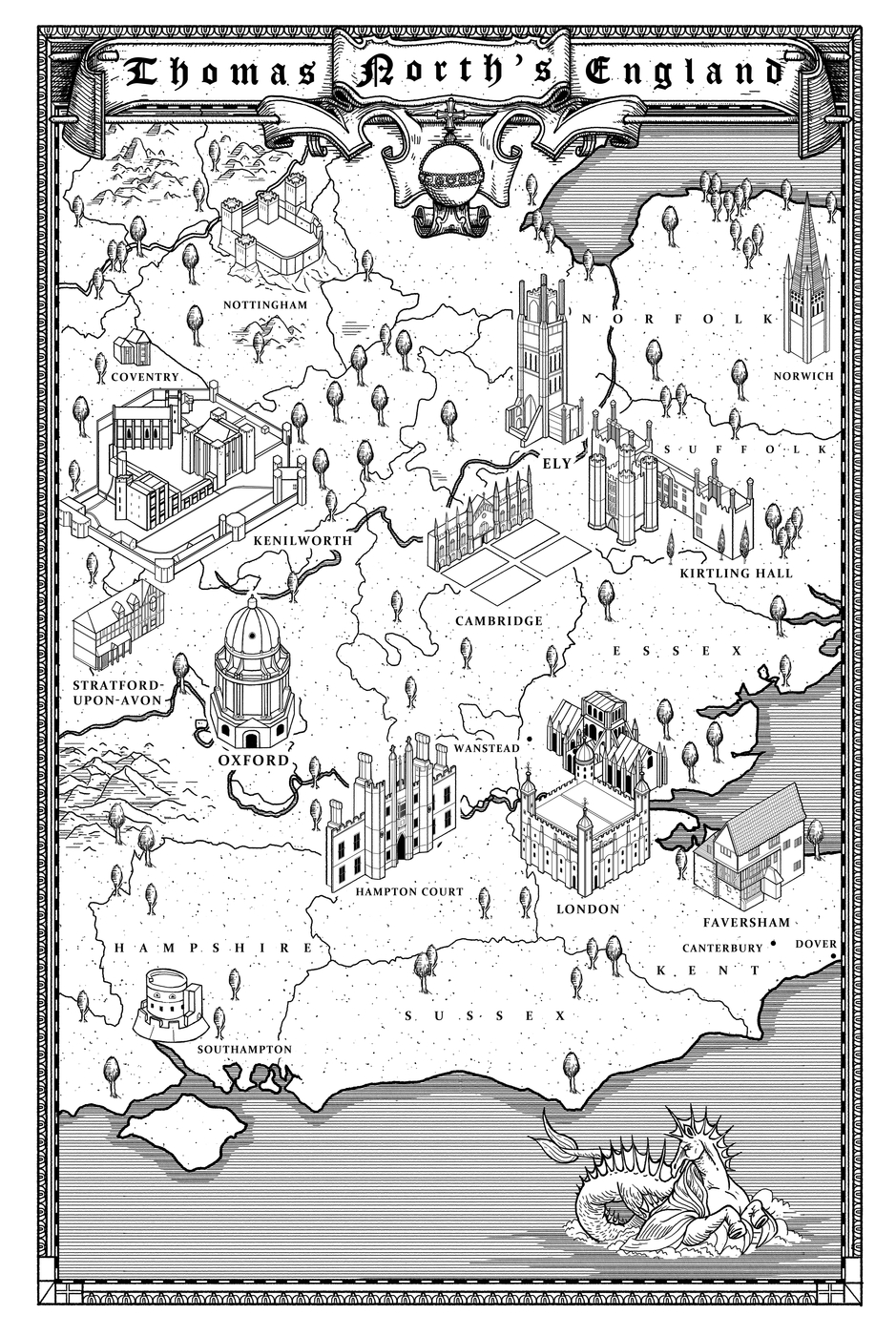
I t was the greatest party of Elizabeths reignnineteen days of gut-busting feasts, minstrel performances, bear-baiting, Italian acrobats, and jaw-dropping fireworks. All of it was designed for a single purpose: to woo a queen. When Robert Dudley, the Earl of Leicester, planned the festivities at his estate of Kenilworth Castle in July 1575, he was getting desperate. After fifteen years of vying for Queen Elizabeths hand, he was no closer to a promise of marriage than when hed begun.
The Kenilworth festival was his last-ditch attempt at winning the queens affections, and Leicester spared no expense to impress her, spending lavishly on new gardens, gifts, and performances. As the party raged, nobles and gentry from across the realmas well as commoners from the countrysideguzzled forty barrels of beer and sixteen barrels of wine a day as they pursued wanton encounters in the surrounding woods and fields. Leicester kept his eyes on the queen, anxiously watching for signs that she was enjoying the elaborate masques and other entertainments he had dreamed up in her honor.
On several nights, Leicester unleashed firework displays created by an Italian pyrotechnician over a man-made lake that lapped against the western wall of the castle. The spectacles lasted for hours, including dazzling dragons, fighting dogs and cats, and rockets that seemed to shoot out of the water itself. A contemporary observer described them as a blaze of burning darts, flying to and fro, leams of stars coruscant, streams and hail of fiery sparks of such intensity that the heavens thundered, the waters surged, the earth shook.
Another night, the earl staged a giant water pageant as Elizabeth was making her way across a long bridge over the lake. An actor dressed as the sea-god Triton rode across the water to her on a mechanical mermaid. Sounding a trumpet in the shape of a whelk, he commanded the seas to still, shouting: You waters wild, suppress your waves and keep you calm and plain! After his speech, another actor dressed as the fabled Greek musician Arion serenaded her from atop a twenty-four-foot-long mechanical dolphin. Music emanated eerily from the dolphins belly, where an ensemble of musicians had been secreted inside.
Theres no record of how the queen received the performancewhether she stood stony-faced, or smiled and clapped with joy, or felt a rise of love in her heart for the man who had gone to such extravagant lengths to please her. But the moment has been immortalized, after a fashion, in William Shakespeares most beloved play, A Midsummer Nights Dream. In one scene, Oberon, King of the Fairies, reminisces to his underling Puck while in a jealous fit over the Fairy Queen Titania. Thou remembrest since once I sat upon a promontory, and heard a mermaid on a dolphins back uttering such dulcet and harmonious breath that the rude sea grew civil at her song, and certain stars shot madly from their spheres to hear the sea-maids music? he says to Puck. That very time I saw, but thou couldst not, flying between the cold moon and the earth Cupid, all armed. A certain aim he took at a fair vestal thrond by the west, and loosed his love shaft smartly from his bow as it should pierce a hundred thousand hearts.
For more than a century, those lines have been read as an allusion to Leicester, who shot a love arrow at his own vestalEnglands famous Virgin Queen Elizabethat a pageant complete with dolphin, mermaid, and fireworks. Its less clear how Shakespeare, then a boy eleven years old, could have witnessed the spectacle; or why he would have included it in a play written around 1595, some twenty years after the event. In his book
Font size:
Interval:
Bookmark:
Similar books «North by Shakespeare»
Look at similar books to North by Shakespeare. We have selected literature similar in name and meaning in the hope of providing readers with more options to find new, interesting, not yet read works.
Discussion, reviews of the book North by Shakespeare and just readers' own opinions. Leave your comments, write what you think about the work, its meaning or the main characters. Specify what exactly you liked and what you didn't like, and why you think so.


